2020 Toyota 86 Review: Why Do Old Dogs Need to Learn New Tricks Anyway?

His name was Bumper. Bumper was a shih tzu, at least mostly. We never did quite figure out what other breeds were a part of his lineage. But that doesn’t matter. What matters is that Bumper conformed to the canned canine idiom. Once he got to doggie middle-age, we might as well have started calling him Phil Connors, because he lived every day exactly the same as the last one.
Toyota actually did change the 86’s name: it was rebranded from FR-S after Scion went bye-bye in 2016. The basic ingredients remained: a high-revving, naturally-aspirated boxer four; a balanced, lightweight, rear-drive chassis; and an available six-speed manual.
It exists in a class of one. The Mustang and Camaro are far bigger and more powerful. The Miata RF is a strict two-seater, and pricey: that’s why we pit the 86 against the base MX-5 convertible instead this month.
SEE ALSO: 2020 Mazda MX-5 Miata vs 2020 Toyota 86 ComparisonAfter eight long years, Toyota is wrapping up production of the 86 in Japan. If rumors are to believed, its replacement will be called GR86, and ditch the high-revving engine for a more powerful, turbocharged unit. Before that happens, though, we’ve taken the existing model, which reignited Toyota’s enthusiast lineup, for one final spin.
Still a Sweet Steer
Okay, not a literal spin. The 86 is so forgiving and engaging to steer, you’d have to have hands made of blocks of wood to get it bent out of shape. Even after all these years, that remains its big draw: the right-sized steering wheel has a heft and feel to it that’s hard to find in a modern car. That might be tiring for some, but it fits with the 86’s personality. You get precisely as much out of this car as you put effort into it.
The same has long been said about the engine, too. Yes, its 205-horsepower rating is eclipsed by every hot hatch out there and even every minivan. Yes, its torque still plateaus in the mid-range, forcing you to rev the snot out of it to make any real progress. And you know what? Good. Oodles of low-down torque are great for around-town ambling, but the 86 is as happy doing that as Bumper was sitting patiently during meals. It wants to go have fun, and that high-revving engine is a reminder of its mission. We don’t get many opportunities to really let a car unwind in our daily lives. When we do, it’s all the better to find something up at the top of the rev range, not to have the whole party over mid-way.
Toyota hasn’t messed with the pedals either. The throttle and brake are well-spaced for heel-toe antics. The clutch has a longer throw, and can be a little vague at its bite point. It doesn’t like to be eased along: instead, the clutch—and the tight shifter—responds better the faster you move.
FAST FACTS
| Engine: | 2.0L F4 |
| Output: | 205 hp, 156 lb-ft |
| Transmission: | 6MT, RWD |
| US fuel economy (MPG): | 21/28/24 |
| CAN fuel economy (L/100KM): | 11.3/8.3/9.9 |
| Starting Price (USD): | $28,055 |
| As-Tested Price (USD): | $31,185 |
| Starting Price (CAD): | $31,920 |
| As-Tested Price (CAD): | $36,220 |
Let’s not forget how light and nimble the 86 is, either. It’s a sad reality that most of the cars on the road today weigh 3,000 lb or more. In this six-speed GT trim, the 86 is 2,800 lb (1270 kg). That, along with the sticky Michelin Pilot Sport 4 tires, gives the 86 quick reflexes in the curves. A low center of gravity and a stiff suspension also keep it cornering flat.
It might be old, but when it comes to a sense of fun and adventure, the 86 is still a puppy.
Let’s do the Time Warp again
Nothing outside the 86 takes you back to 2012 quite as quickly as its interior does. The infotainment system is laughably outdated, feeling every inch like the sort of aftermarket piece you’d see in an early Fast and Furious rip-off. At least it offers Apple CarPlay now. The space below it isn’t much better, with little LCD screens sharing circular cutouts with rotary dials. Just ahead of the shifter Toyota has installed an engine start button, effectively making the storage cubby beside it useless.
Throw the 86 into reverse, and the camera feed still pops up in the corner of the rearview mirror. It’s slightly better than nothing.
Alright, those are all the gripes out of the way. Phew.
Here’s the good stuff: the seating position is superb, with a hip point barely higher than some curbs. As the world moves ever more into tall crossovers, with the sales pitch of a more commanding view masking the reality of tall noses obscuring more things (or people) in front of the car, it’s refreshing to feel so low, so connected to the road and our surroundings.
The tachometer sits right where it should—in the center—and it’s an easy-to-read black-on-white item. Toyota hasn’t caved for the flat-bottom steering wheel trend either: it’s a good ol’ round-boi here, and the leather feels good.
The 86 is still such a usable shape too. Those rear seats are still best left for kids, but at least they exist. With the second row and a reasonably sized trunk, the 86 can still be someone’s only car. It doesn’t sacrifice all practicality.
Sibling rivalry
This is where I have to confess something: I lied earlier. When I said the 86 is in a class of one, that isn’t technically true. There was another sports coupe in its litter: its Subaru BRZ sibling.
The BRZ doesn’t do anything differently dynamically. It doesn’t look much different either. But the Pleiades coupe undercuts the Toyota, which makes the 86 a slightly worse value proposition. What’s more, in Sport-tech trim it comes with a better infotainment system and Brembo brakes. The top-shelf BRZ tS asks barely more money than our $31,185 86 tester, too: only $1,210 more for a bunch of STI goodies. The offer is even better in Canada: the tS is cheaper ($35,445 versus $36,220 CAD).
That raises another question though: do you really want a loaded 86 or BRZ? It’s no secret that the Toyobaru twins are aftermarket darlings. More often than not, when you pass one on the road, it’s had some sort of tinkering done. Is a blank sheet preferable to a factory-fresh model? It depends on what sort of companion you want.
Verdict: 2020 Toyota 86 GT
Looping back to that opening question then: does the 86 need to learn new tricks?
From a commercial perspective, yes. Toyota 86 sold just 3,398 examples of the 86 in the US last year (less than 20 percent of 2013’s total), and barely more than the new Supra in Canada (262 and 252, respectively). People know the 86 story well now, and most of the folks who want to own one, well, already do.
SEE ALSO: 2022 Subaru BRZ Teased, Full Reveal Coming This FallThe next pup will come— we’ll see it in Subaru form before the end of the year. It will listen to you more intently, it will be friendlier, and it will be faster. But it will never truly replace the original dog. They never do.
Become an AutoGuide insider. Get the latest from the automotive world first by subscribing to our newsletter here.
LOVE IT
- The last of its kind
- Such a sweet balance
- Surprisingly practical
LEAVE IT
- Torque-less mid-range
- Vintage infotainment
- Not as value-packed as equivalent Subaru BRZ

Kyle began his automotive obsession before he even started school, courtesy of a remote control Porsche and various LEGO sets. He later studied advertising and graphic design at Humber College, which led him to writing about cars (both real and digital). He is now a proud member of the Automobile Journalists Association of Canada (AJAC), where he was the Journalist of the Year runner-up for 2021.
More by Kyle Patrick




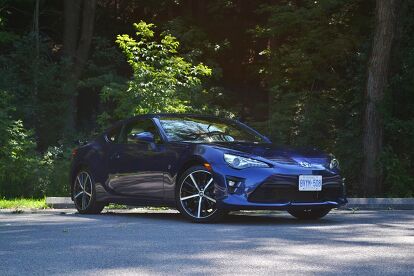











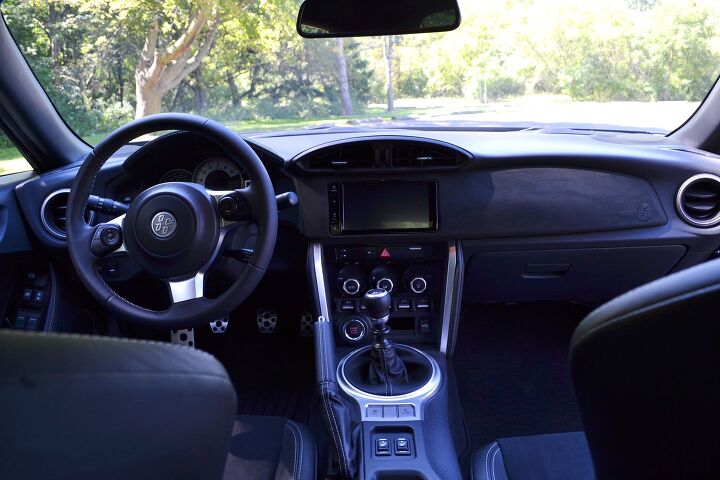






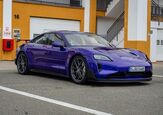









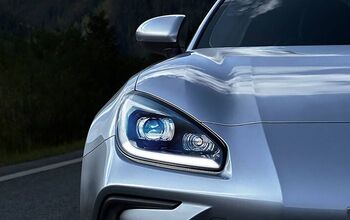
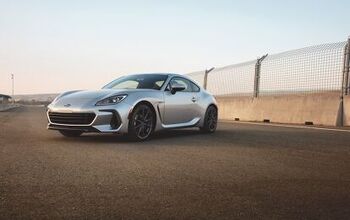
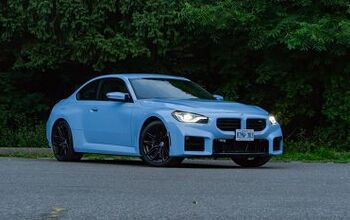

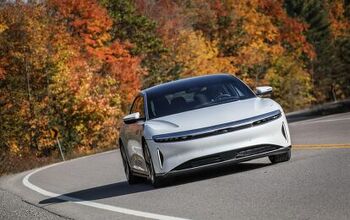
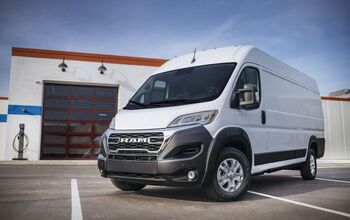

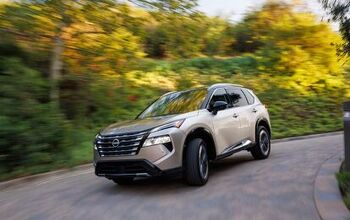


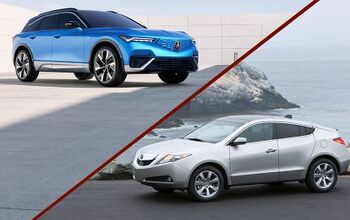
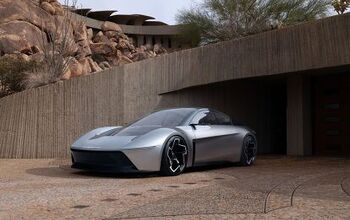

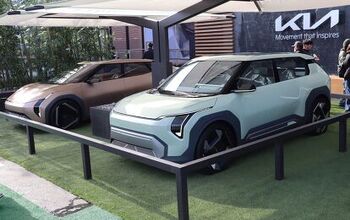

Comments
Join the conversation